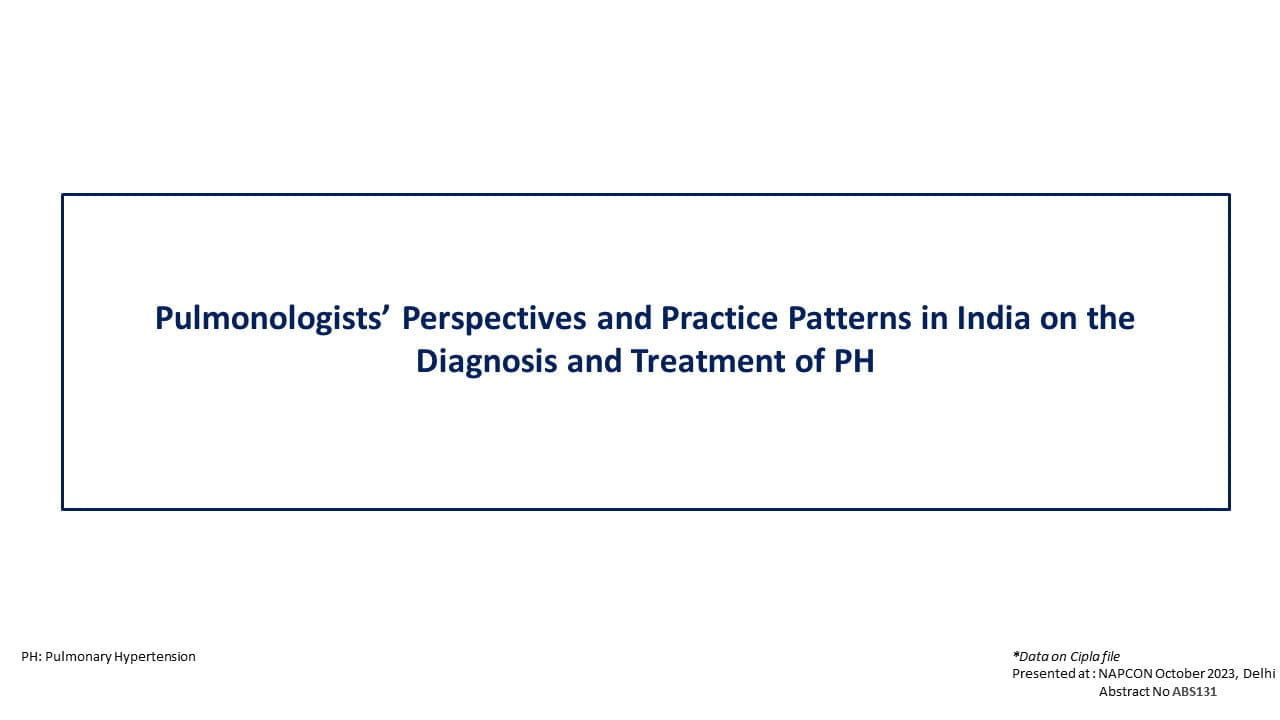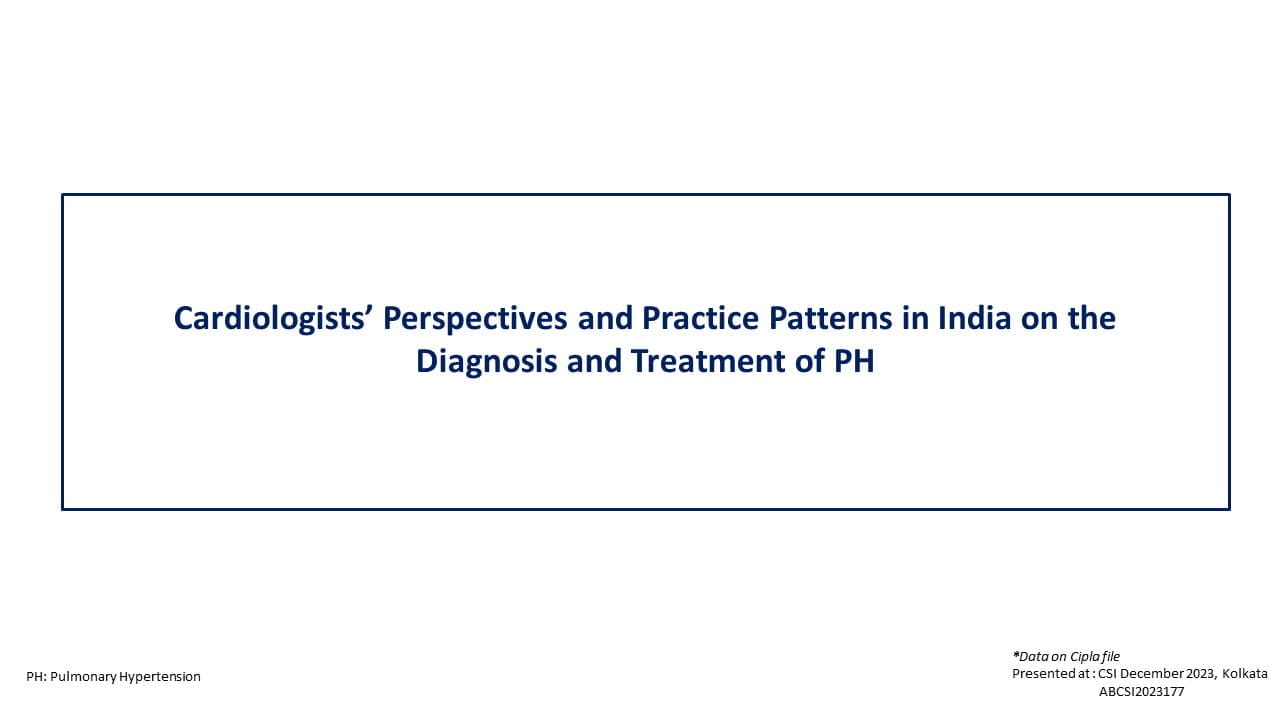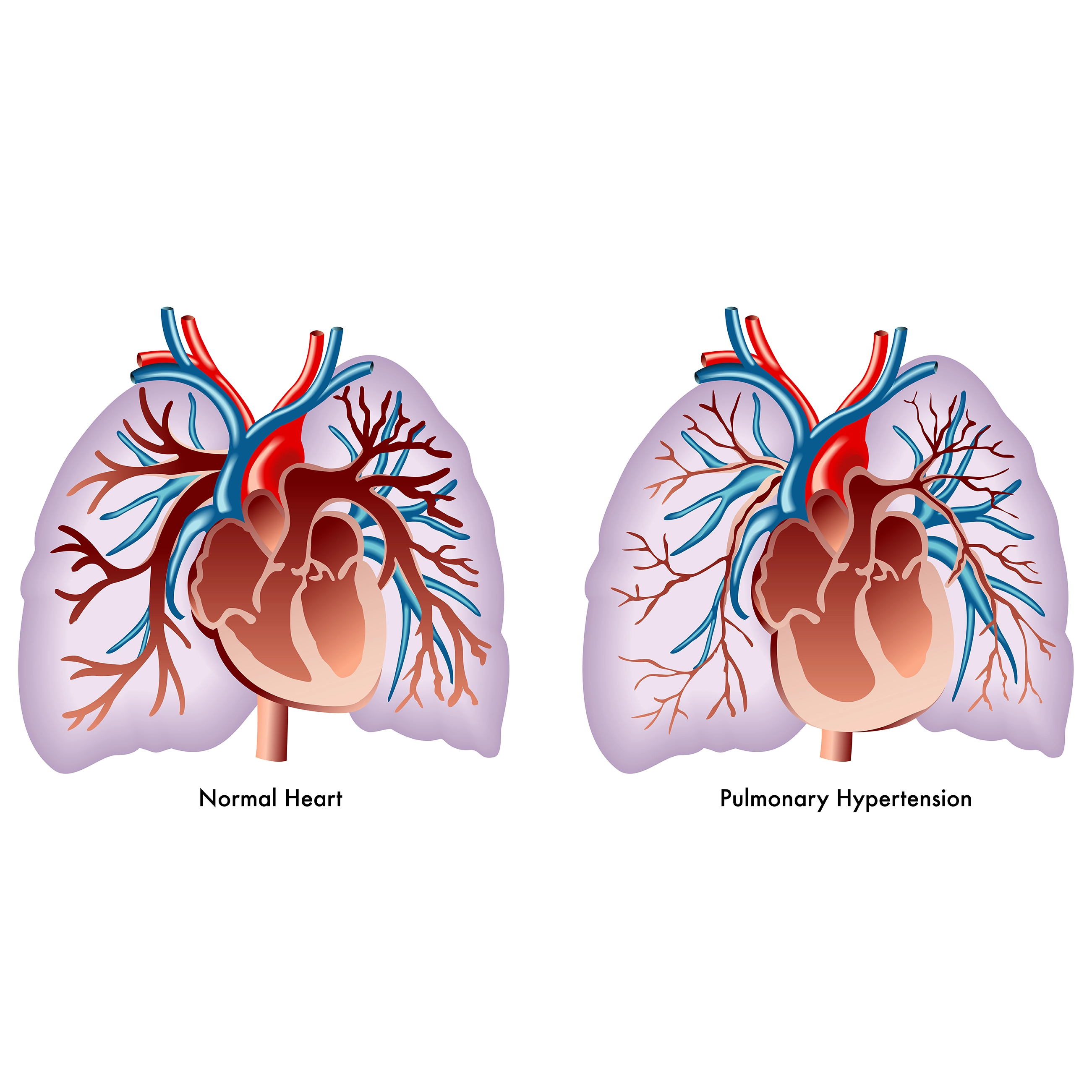ACC 2023: Why is No One Following the Guidelines?! The Need for Implementation Science
The session covers drug development, including the preclinical stage, clinical trials, FDA approval, and getting drugs to pharmacies. The last mile is critical, as healthcare providers and patients must get prescriptions filled and used. Statins are used as an example of effective drugs failing in the last mile to reduce the cholesterol levels in patients with atherosclerotic heart disease at an appropriate dose. Challenges to patient adherence include high costs and co-pays, and studies have tried financial incentives with limited success. A multifactorial approach is needed, including education, performance measures, incentive processes, system change, and policy change. Successful initiatives include professional societies, EHR prompts, and health systems improving patient outcomes. Ongoing testing and improvement are necessary for better long-term patient adherence.
The challenges in optimizing patient care and the need for doctors to know how to treat, whom to treat, willingness to treat, and also possess the ability to teach and motivate patients and have access to necessary approvals for treatments. Patients must have access to care, understand their disease and risks, be able to pay for treatments, resist sources of bad information, and overcome physician biases and other barriers. The traditional care model faces pervasive systemic issues and can be bypassed using modern technology to provide care independently of the doctor. The system-driven care approach uses education, medical management, and other interventions to overcome barriers and significantly improve underserved populations' blood pressure and LDL levels. The management approach includes initiating statin therapy, intensifying statin therapy, using ezetimibe, and getting PCSK 9 inhibitors approved on behalf of physicians. The system-driven care and remote management approach increases the efficiency, education, and engagement of patients resulting in improved patient outcomes.
Digital transformation and health systems are essential in improving postpartum persons' health. Focusing on postpartum cardiovascular health is crucial to avoid maternal morbidity and mortality caused due to Cardiovascular or hypertensive disorders, particularly among black women. Adverse pregnancy outcomes are important risk factors for future cardiovascular disease. It can be seen as a stress test to identify high-risk patients earlier in life. Effective strategies such as aspirin and stricter blood pressure control during pregnancy can prevent preeclampsia, and postpartum blood pressure monitoring can reduce the risk of readmissions for hypertension. The Heart Safe Motherhood Program, a blood pressure texting program for the ten days after delivery, is an effective implementation strategy that increases blood pressure monitoring rates and improves postpartum OB visits, particularly for black women. Moving towards equity is important in implementing strategies to reduce the risk of cardiac mortality in postpartum women.
Familial hypercholesterolemia (FH) is a common and treatable inherited condition (1 in 250 Americans) that increases the risk of early-onset atherosclerotic cardiovascular disease (ASCVD). The population screening is a key component to achieving 90% accuracy in identifying individuals with FH. To achieve this rate, FDRs of probands must be identified at a rate of 67%, and for FDRs of probands and newly identified relatives, the rate should be 33%. To include 2nd and 3rd-degree relatives, the rate should be 24%. Furthermore, these detection rates should be independent of cascade screening. Using machine learning, genomic and phenotype-based algorithms, and researchers could flag over 10,000 patients from a pool of 130,000 individuals and identify 70% of those with pathogenic variants for FH. This led to a clinical trial called "Take Control of FH," which aims to reach out to these individuals and their healthcare providers to implement screening tools and interventions. By using EHR, healthcare systems can identify and treat individuals with FH earlier in life, reduce the risk of ASCVD, and improve health outcomes by employing screening tools to provide appropriate treatment.
The Coordination of care is an essential aspect of cardiometabolic disease management. An analysis of commercially insured patients with type 2 diabetes and atherosclerotic cardiovascular disease indicates that many patients are not receiving appropriate therapy. The rise of cardiometabolic clinics is attributed to the complex nature of several metabolic complications that requires the need for multidisciplinary, coordinated care. The Duke cardiometabolic prevention clinic is an example of a clinic providing coordinated care. The clinic brings together specialists to standardize care and frequently communicate with primary provider teams. Other programs in the country also implement similar multidisciplinary, coordinated care models. The efficacy of such models is being evaluated to determine if they provide better care than the standard of care.
In conclusion, the Need for Implementation Science in optimizing patient care and addressing the challenges to patient adherence is necessary to reduce the risk of cardiometabolic diseases.
American College of Cardiology (ACC) International Congress 2023, 4th March-6th March 2023, New Orleans




